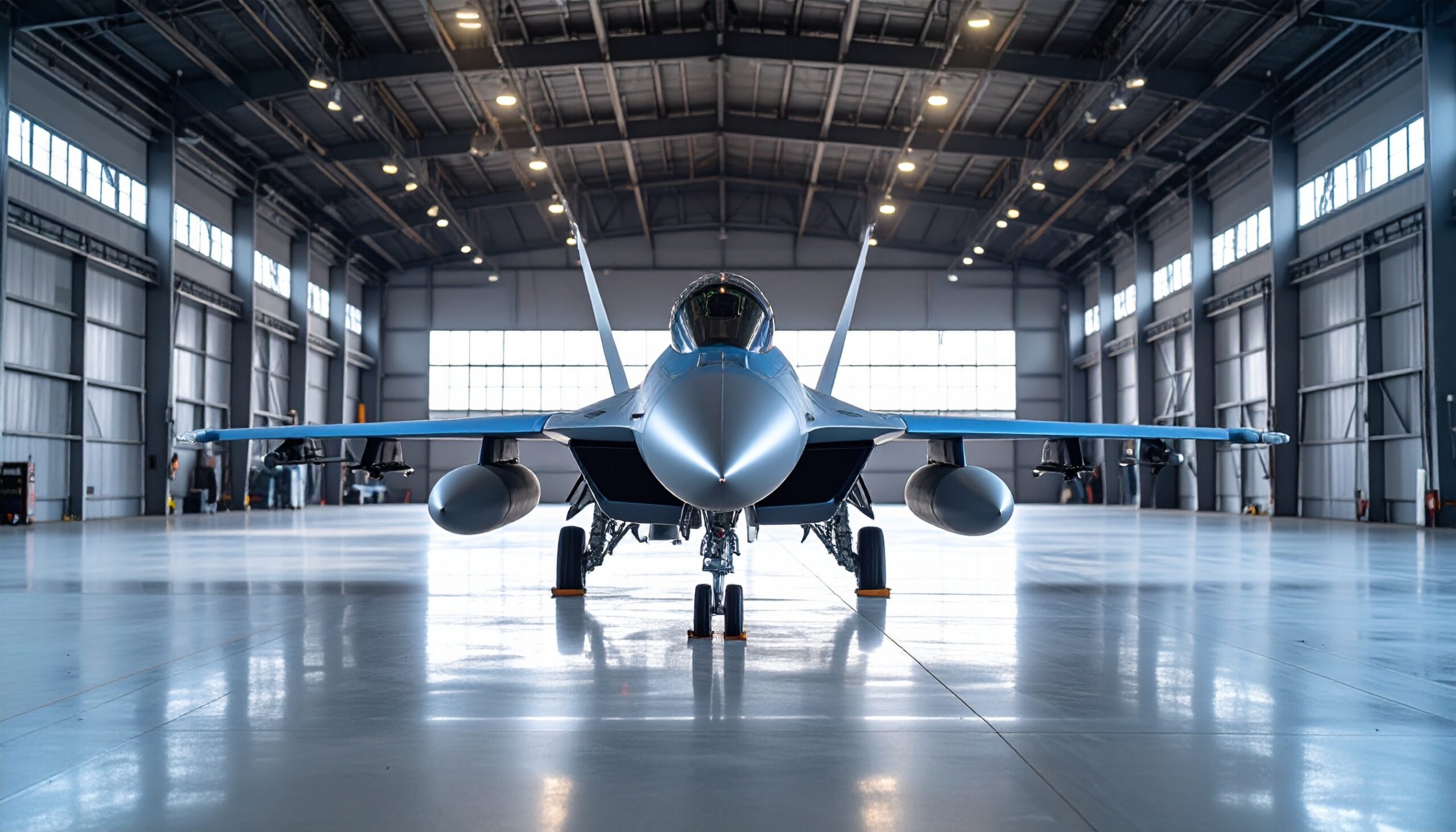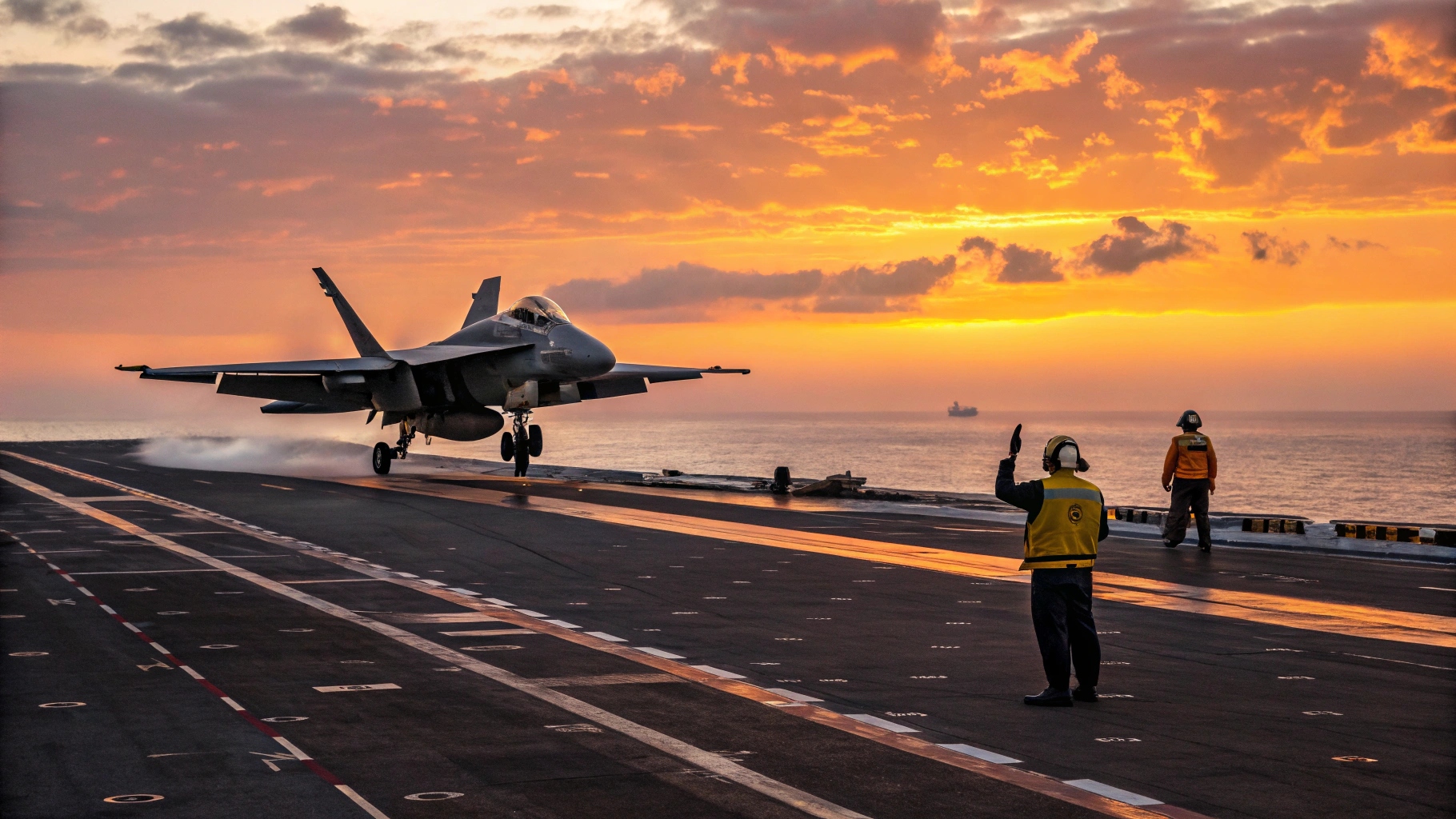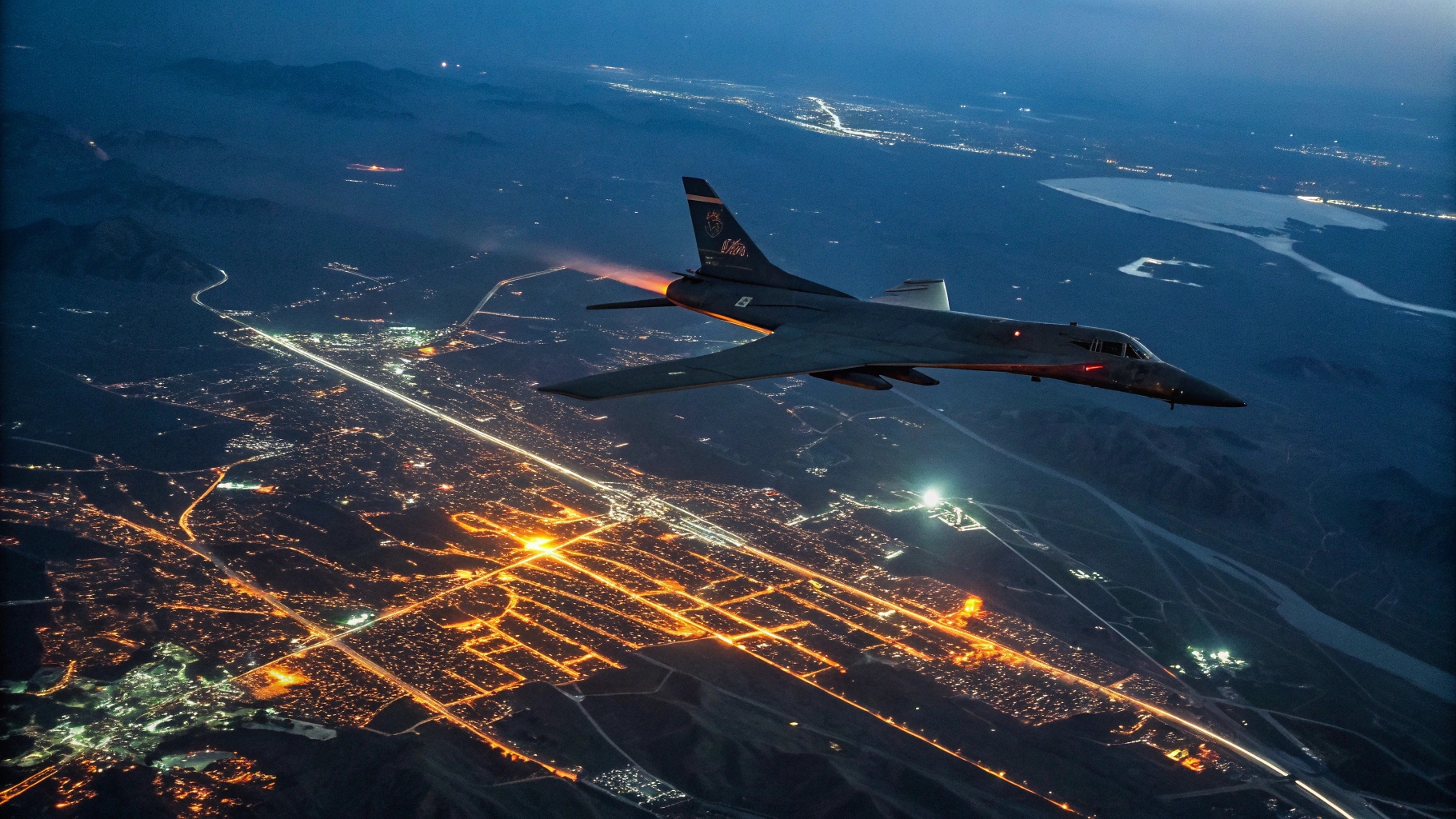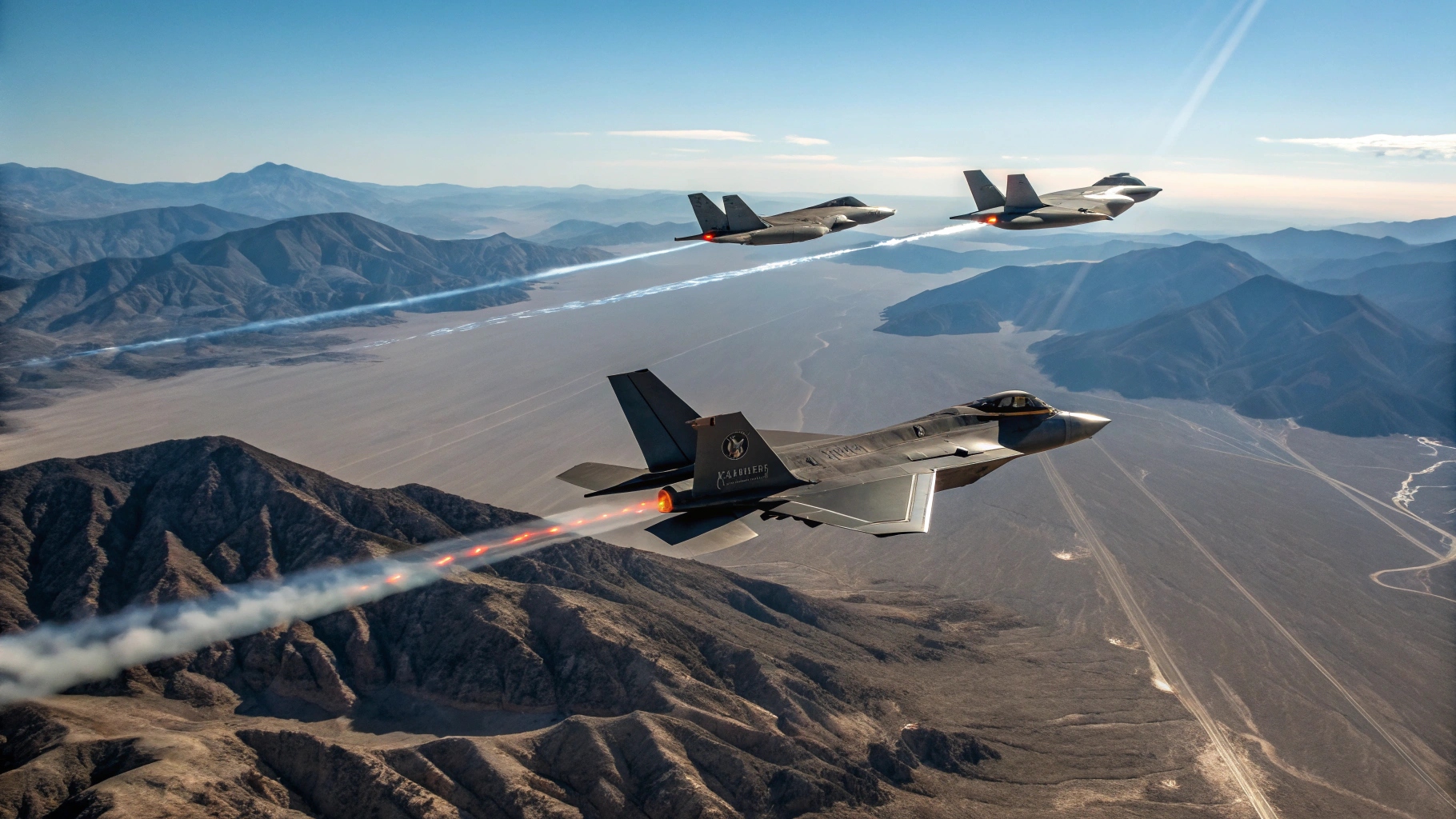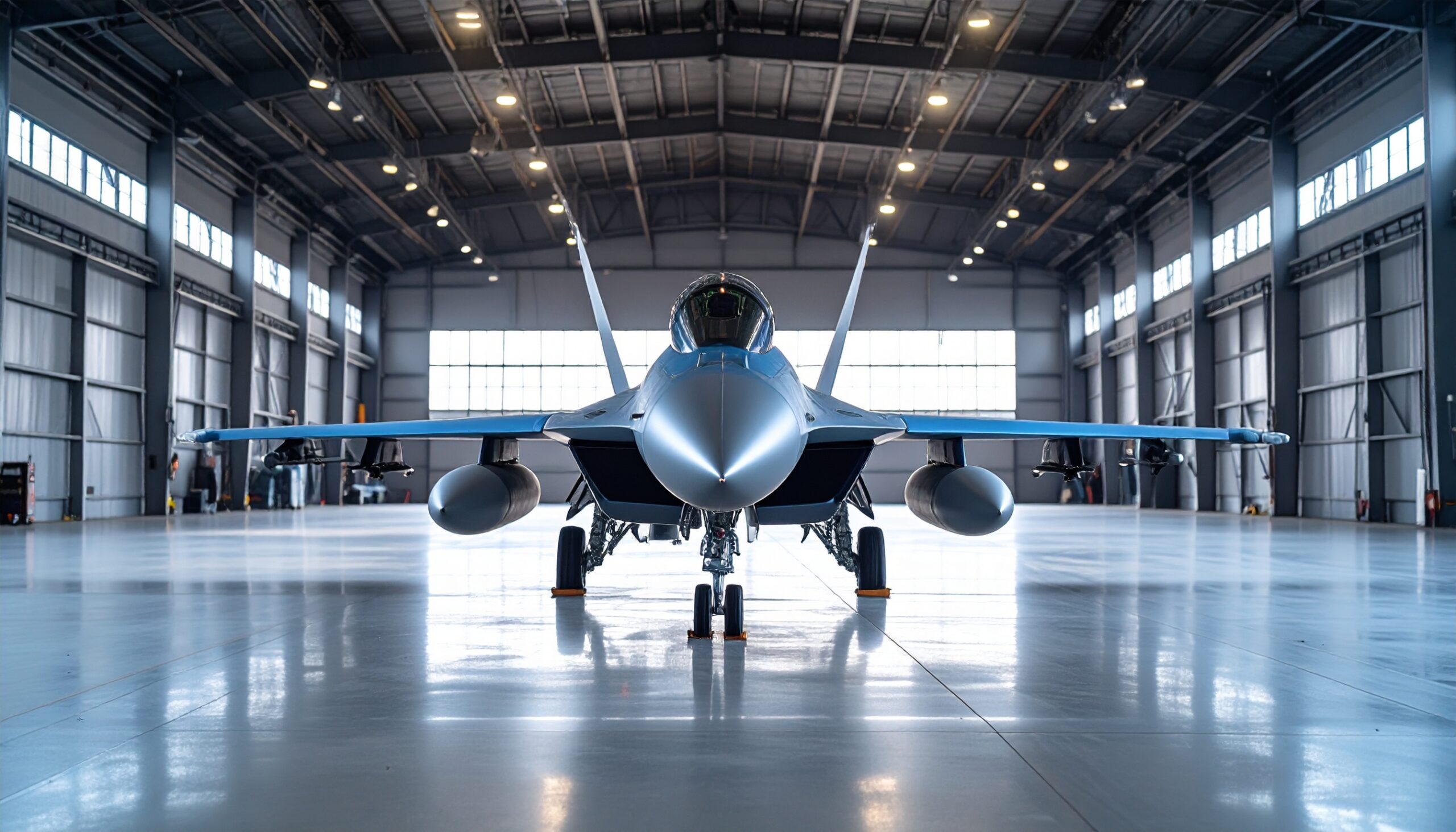
Lockheed Martin continues to lead innovation in tactical airlift with the C-130J Super Hercules, announcing a significant breakthrough in wing structure testing that surpassed expectations by confirming the extended wing lifespan and structural strength of the center wing box.
Following extensive testing, the C-130J’s wing structure demonstrated nearly 40% more durability than initially estimated and almost double the original design life. The test results showed the wing’s service life extended from an estimated 90,000 Equivalent Flight Hours to an impressive 122,500, reinforcing the C-130J’s status as the world’s most capable and dependable tactical airlifter, capable of performing in demanding environments well into the future.
Since 2009, Lockheed Martin has incorporated an Enhanced Service Life (ESL) center wing box in all new C-130Js to prolong operational lifespan. This critical structural component, which supports the wings, was engineered to more than double the original wing’s 45,000 Equivalent Flight Hours, potentially adding decades to the Super Hercules’ service life.
The recent testing program, sponsored by the U.S. Air Force and Royal Canadian Air Force, simulated real-world stresses to push the wing to its limits. The U.S. Air Force supplied an ESL center wing, two outer wings, and a center fuselage for the Wing Durability Test (WDT). After several years, the WDT results exceeded expectations, confirming a wing life of 122,500 Equivalent Flight Hours.
The Super Hercules remains the preferred tactical airlifter globally, serving 28 operators across 23 countries. To date, over 560 C-130Js have been delivered and certified by more than 20 airworthiness authorities, collectively logging over 3 million flight hours.


